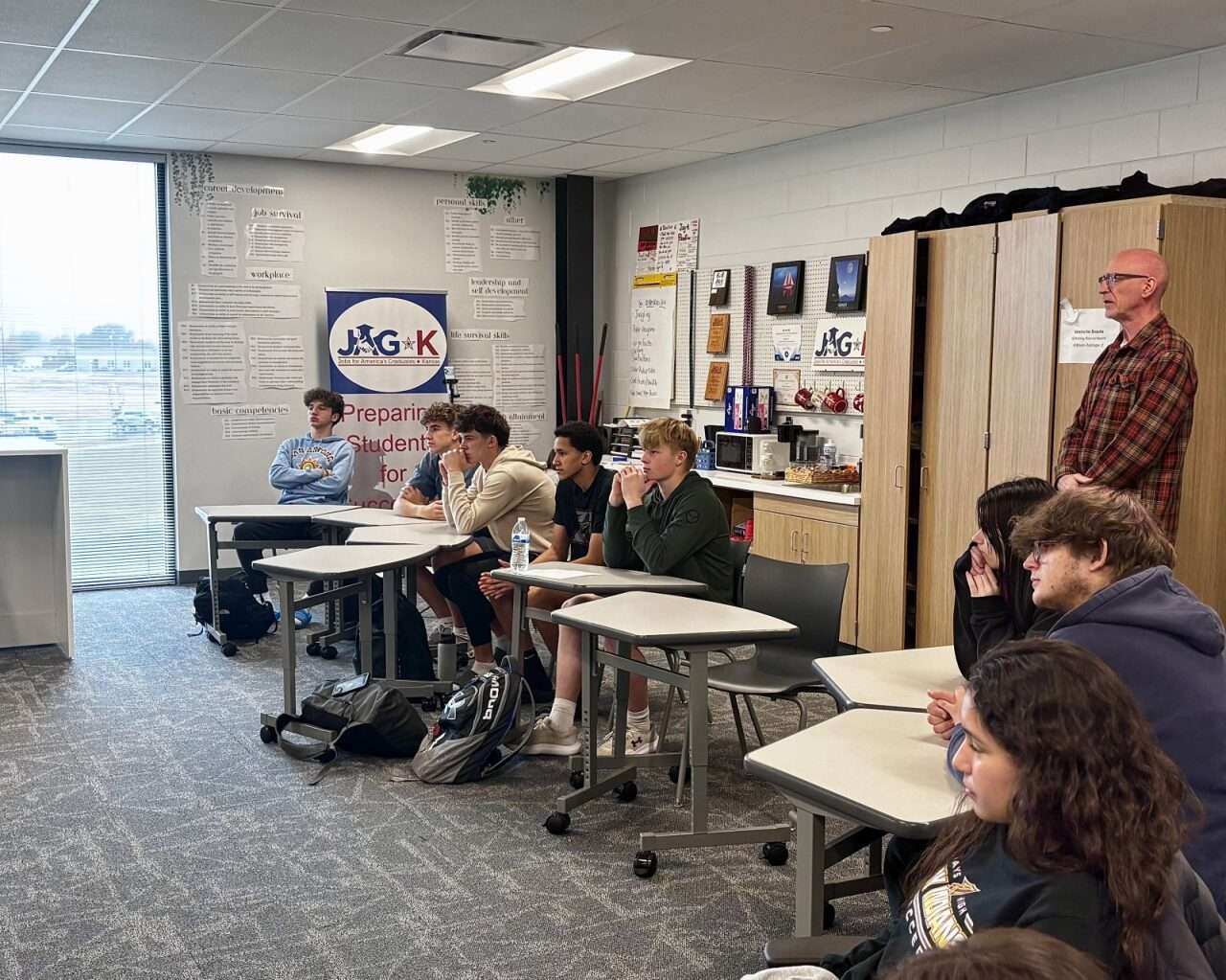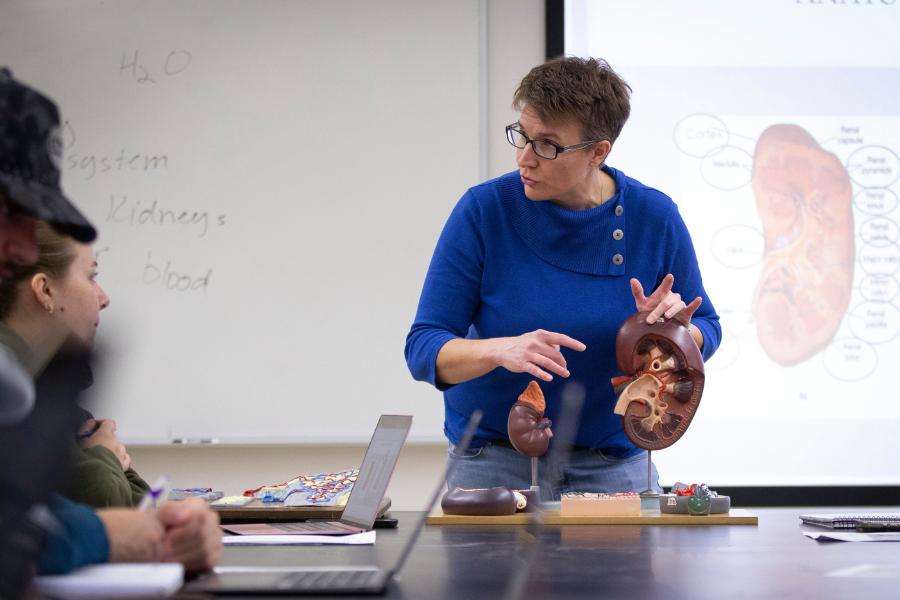Burlington schools see fewer racial disparities in student suspensions: A turning point in Vermont’s equi – The Times of India

Report on Burlington School District’s Progress in Educational Equity and Alignment with Sustainable Development Goals
Introduction: Advancing SDG 4 and SDG 10
The Burlington School District in Vermont has achieved a significant milestone in its long-term strategy to advance educational equity, directly contributing to the United Nations Sustainable Development Goals (SDGs). By substantially reducing racial disparities in student suspensions, the district has made measurable progress towards SDG 10 (Reduced Inequalities) and SDG 4 (Quality Education). This report details the data, strategies, and institutional commitments underlying this achievement.
Analysis of Disciplinary Data: Measuring Progress Towards Equity
Recent data indicates a marked improvement in equitable disciplinary outcomes, reflecting a successful effort to create a more inclusive learning environment as mandated by SDG 4.
Key Performance Indicators
- Reduced Racial Disparity (SDG 10): In the last academic year, students of colour, who constitute 42% of the student population, accounted for 33% of suspensions. This is a significant reversal from the 2012-2022 period, where they represented 50% of suspensions while comprising only 38% of enrolment.
- Overall Suspension Reduction: The total number of suspensions in the district decreased by 17%, falling from 248 to 207 in the past two years.
- Increased Instructional Time (SDG 4): Lost school days due to suspension fell from 426 to 305, and the average length of a suspension declined from 1.72 to 1.47 days, ensuring students remain engaged in their education.
Strategic Initiatives for Achieving Global Goals
The district’s progress is attributed to a series of targeted initiatives designed to reform disciplinary practices and build institutional capacity for equity.
Rethinking Discipline Through a Restorative Lens (SDG 16)
A revised restorative code of conduct, introduced in 2023, has been instrumental in promoting SDG 16 (Peace, Justice and Strong Institutions) within the educational system. The reforms include:
- Limiting suspensions to extreme cases.
- Eliminating automatic suspensions for infractions such as fighting and vaping.
- Prioritising relationship-building between staff and students to foster mutual understanding.
- Training educators to interpret student behaviour within a broader social and emotional context.
Building Inclusive and Equitable Classrooms (SDG 4)
Since 2021, the district has implemented programs to create safe, non-violent, inclusive, and effective learning environments for all, in line with Target 4.a of the SDGs. Key initiatives include:
- Summer Racial Justice Academy: A program designed to cultivate youth leadership and empower students to advise the school board on equity matters.
- Anti-Racist Professional Learning: Ongoing training for staff to recognize and address systemic barriers and implicit bias.
- Equity Workshops: Virtual sessions for the school community on topics such as dismantling white supremacy and preventing harassment, fostering an inclusive culture.
Institutional Commitment Amidst National Challenges
Upholding a Commitment to SDG 10
Despite a national political climate challenging diversity, equity, and inclusion programs, the Burlington School District’s leadership has affirmed its unwavering commitment to this work. Superintendent Tom Flanagan stated, “My core responsibility is to create equity in our system.” This dedication ensures that the principles of SDG 10 remain central to the district’s mission. Director of Equity Henri Sparks confirmed that the district is focused on improving its equity initiatives, demonstrating institutional resilience and a firm commitment to justice.
Conclusion: A Replicable Model for Educational Equity
The Burlington School District’s success in reducing racial disparities in suspensions serves as a powerful case study in translating equity goals into measurable outcomes. By focusing on restorative practices, professional development, and unwavering institutional commitment, the district has made significant strides toward achieving SDG 4 and SDG 10. This cultural and systemic shift provides a valuable and replicable model for other educational systems seeking to build a more just and equitable future where every student can succeed.
Analysis of SDGs, Targets, and Indicators
1. Which SDGs are addressed or connected to the issues highlighted in the article?
-
SDG 4: Quality Education
The article is centered on the educational system, specifically addressing policies and practices within the Burlington School District. The core issue is ensuring that all students, regardless of race, have a fair chance to succeed academically. The text explicitly links disciplinary actions like suspensions to “lower academic performance and higher dropout rates,” which directly impacts the quality and equity of education.
-
SDG 10: Reduced Inequalities
This goal is central to the article’s theme. The primary focus is on the “decades-long effort to reduce racial bias in school discipline.” The article details the successful reduction of racial disparities in suspension rates, where students of colour, who were once disproportionately suspended, now account for a smaller percentage of suspensions than their share of the student population. This is a direct effort to reduce inequality based on race within an institution.
-
SDG 16: Peace, Justice and Strong Institutions
The article discusses the reform of institutional practices to create a more just and equitable system. The introduction of a “revised restorative code of conduct” and training for teachers to “interpret behaviour in a broader social and emotional context” represent efforts to build more effective, accountable, and inclusive institutions at the local level. The goal of creating a “just system where every student has a fair chance to thrive” aligns with promoting justice.
2. What specific targets under those SDGs can be identified based on the article’s content?
-
SDG 4: Quality Education
- Target 4.5: “By 2030, eliminate gender disparities in education and ensure equal access to all levels of education and vocational training for the vulnerable…” The article’s focus on eliminating racial disparities for “students of colour” directly relates to ensuring equal access and opportunity for a vulnerable group within the education system.
- Target 4.a: “Build and upgrade education facilities that are child, disability and gender sensitive and provide safe, non-violent, inclusive and effective learning environments for all.” The district’s efforts to create “inclusive classrooms” and a system “without barriers created by adults” by rethinking discipline through a “restorative lens” contribute directly to creating an inclusive and effective learning environment.
-
SDG 10: Reduced Inequalities
- Target 10.2: “By 2030, empower and promote the social, economic and political inclusion of all, irrespective of…race, ethnicity…” The article describes a direct attempt to ensure the social and educational inclusion of students of all races by tackling disciplinary practices that historically excluded students of colour.
- Target 10.3: “Ensure equal opportunity and reduce inequalities of outcome, including by eliminating discriminatory…policies and practices…” The district’s action of replacing its old disciplinary code with a “revised restorative code of conduct” is a clear example of eliminating a practice that led to discriminatory outcomes (disproportionate suspension rates) to ensure equal opportunity.
-
SDG 16: Peace, Justice and Strong Institutions
- Target 16.7: “Ensure responsive, inclusive, participatory and representative decision-making at all levels.” The creation of a “Summer Racial Justice Academy, designed to cultivate youth leadership and encourage students to advise the school board” is a specific initiative that promotes participatory decision-making by including student voices.
- Target 16.b: “Promote and enforce non-discriminatory laws and policies for sustainable development.” The implementation and enforcement of the new, less discriminatory “restorative code of conduct” is a direct application of this target at the institutional (school district) level.
3. Are there any indicators mentioned or implied in the article that can be used to measure progress towards the identified targets?
Yes, the article provides several specific quantitative and qualitative indicators that measure progress.
-
Indicators for SDG 4 and SDG 10
Progress towards quality education and reduced inequality is measured by several data points mentioned in the article:
- Proportion of suspensions by race: The percentage of suspensions for students of colour fell from 50% (between 2012-2022) to 33% in the last academic year. This directly measures the reduction in racial disparity.
- Total number of suspensions: The overall number of suspensions decreased from 248 to 207, indicating a district-wide shift in disciplinary approaches.
- Number of lost instructional days: Lost school days due to suspension fell from 426 to 305, a quantitative measure of increased access to education.
- Average length of suspension: This metric declined from 1.72 days to 1.47 days, showing that the severity of the exclusionary punishment has been reduced.
-
Indicators for SDG 16
Progress towards building stronger, more just institutions is measured by the implementation of new policies and programs:
- Implementation of a new policy: The introduction of the “revised restorative code of conduct in 2023” is a key indicator of institutional reform.
- Establishment of participatory programs: The creation of the “Summer Racial Justice Academy” to advise the school board serves as an indicator of increased participatory decision-making.
- Development of staff training programs: The use of “anti-racist professional learning communities for staff” and “virtual equity workshops” are indicators of the institution’s commitment to building capacity for non-discriminatory practices.
4. Summary Table of SDGs, Targets, and Indicators
| SDGs | Targets | Indicators Identified in the Article |
|---|---|---|
| SDG 4: Quality Education |
4.5: Ensure equal access to all levels of education for the vulnerable.
4.a: Provide safe, non-violent, inclusive and effective learning environments for all. |
|
| SDG 10: Reduced Inequalities |
10.2: Empower and promote the social inclusion of all, irrespective of race.
10.3: Ensure equal opportunity and reduce inequalities of outcome by eliminating discriminatory practices. |
|
| SDG 16: Peace, Justice and Strong Institutions |
16.7: Ensure responsive, inclusive, and participatory decision-making.
16.b: Promote and enforce non-discriminatory laws and policies. |
|
Source: timesofindia.indiatimes.com
What is Your Reaction?
 Like
0
Like
0
 Dislike
0
Dislike
0
 Love
0
Love
0
 Funny
0
Funny
0
 Angry
0
Angry
0
 Sad
0
Sad
0
 Wow
0
Wow
0














































.jpg.webp?itok=0ZsAnae9#)







:focal(1500,1000)/https://media.globalcitizen.org/a6/9a/a69a4720-d8a1-4715-b596-18738d03c05c/rotary_polio_hero_image.jpg?#)

/countries/sri-lanka/photo-credit---dmc-sri-lanka.tmb-1200v.jpg?sfvrsn=dc298bcc_1#)



















